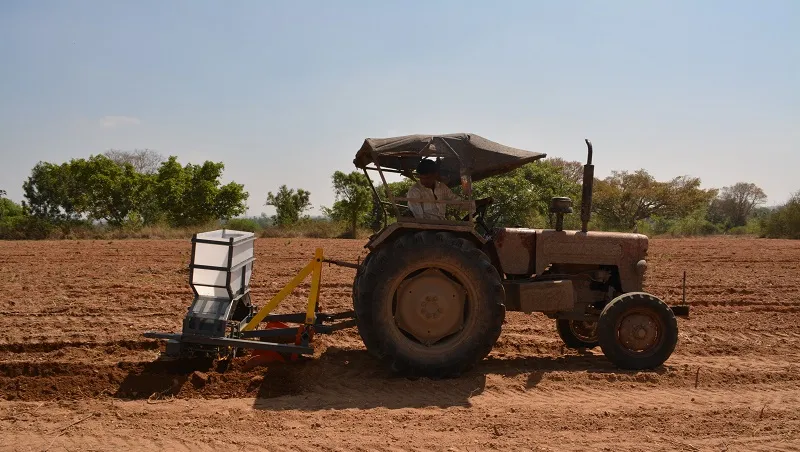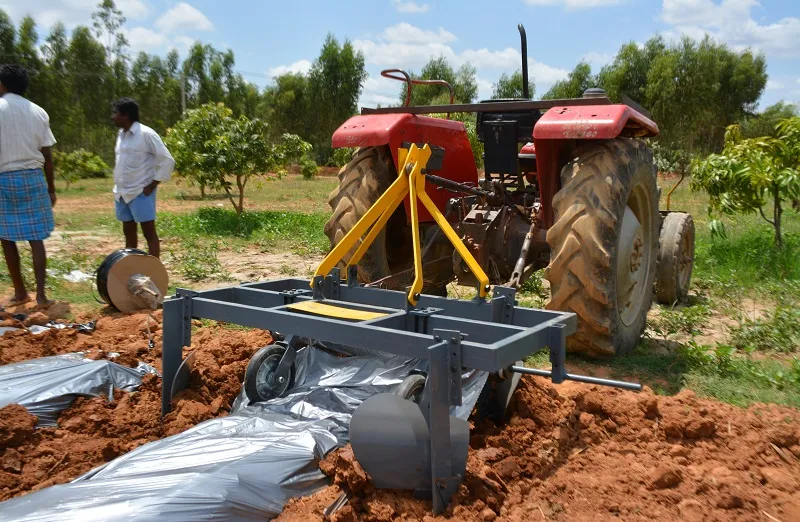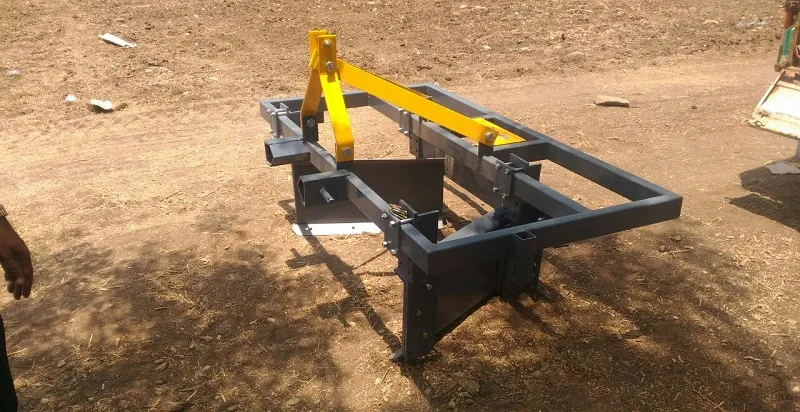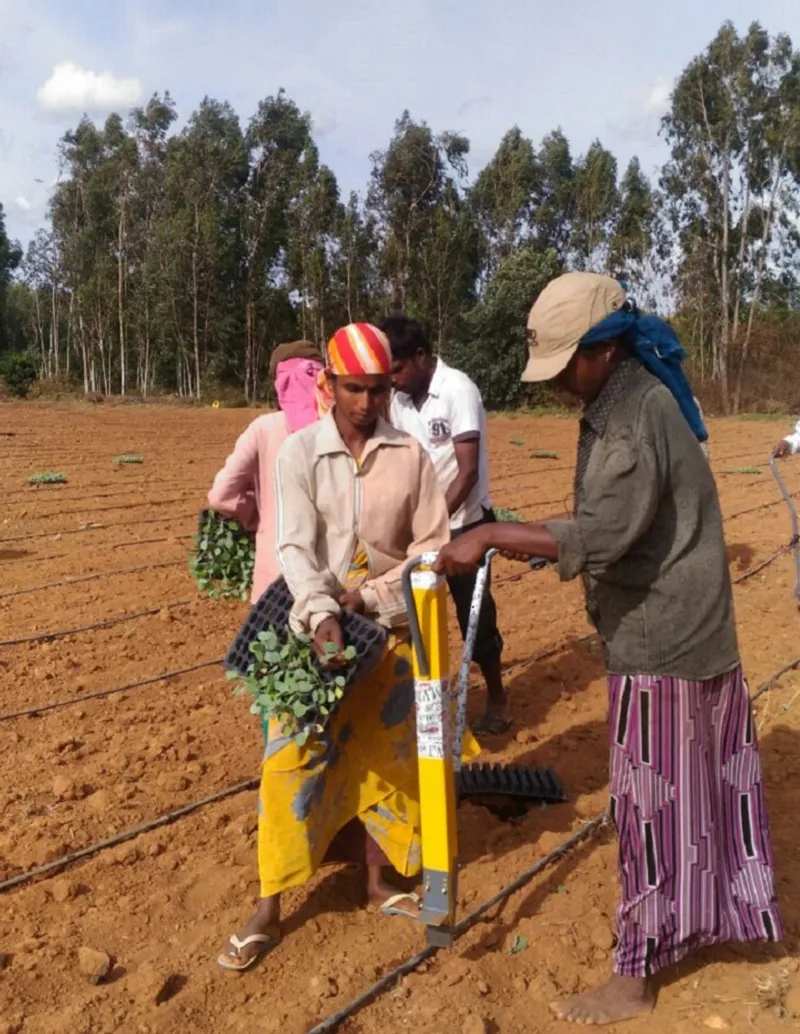Using these 5 innovations, Kamal Kisan is helping farmers reduce labour costs
With its innovative products, the social enterprise is helping small and marginal farmers reduce their labour costs by at least 50 percent.
According to a recent observation made by PRS India, over the past few decades, the agriculture sector’s contribution to the growth of the economy has decreased from more than 50 percent of GDP in the 1950s to 15.4 percent in 2015–16. This instability in the agricultural sector has drastically affected farming practices. Uneven access to modern technology, smaller landholdings, non-availability of labour or increase in labour cost, lack of support from the government, and decrease in profit are some of the main reasons for reduction in agricultural productivity.
Devi Murthy, who holds a bachelor's degree in engineering from Drexel University, USA, and a master’s in entrepreneurship from IIM Bangalore, founded Kamal Kisan in 2013 with an aim to empower India’s small and marginal farmers by developing cost-effective, smart mechanisation solutions that improve profitability and labour productivity.
Having started out with seed funding of Rs 5 lakh from the Rural Technology and Business Incubator at IIT Madras and a small three-member team, Kamal Kisan now reaches over 2,000 farmers in various cities and districts in Karnataka, with a cumulative cost saving of over Rs 20 lakh for the agricultural community.
In the last four years, Devi and her team have been successful in developing some innovative farm equipment that has replaced labour-dependent farm activities. Post the seed funding, Kamal Kisan has received a grant from Villgro and also raised its first round of equity from Social Alpha (Tata Trust Initiative). Below are 5 social innovations by the organisation which are benefiting the farmer -
1. Sugarcane planter

Since sugarcane is the main source of sugar in India, it is the most grown commercial crop (according to the Food and Agriculture Organization of the United Nations, 2011–2014), and planting is a critical process since it is predominantly manual. Devi says, “With the lack of labour, farmers spend up to Rs 300/day/labourer. Currently, the process requires farmers to plough ridges, place seed material, and cover with soil — all of which is done manually, consuming labour and time. With the help of a sugarcane planter, the same process takes less time and costs less money."
Priced at Rs 95,000 per unit, the sugarcane planter combines the processes of ridging, planting, and furrowing to increase efficiency, and it can be used with tractors with power as low as 30 hp. The planter can plant one acre of sugarcane in 4–5 hours with just two labourers as against six members working over five days, saving up to 80 percent (Rs 10,000) of the cost of planting.
2. Versatile mulch layer

“Mulching sheets are being used more and more often among fruit and vegetable farmers, especially in semi-arid regions since it reduces water consumption by 60 percent while increasing yields due to curbing of weed growth and increased microbial activity in the soil,” says Devi.
So the Kamal Kisan mulch machine is a simple tractor attachment that can reduce labour requirements from eight labourers to two, covering one acre in two hours as against eight hours.
The machine can be used with a wide variety of bed sizes and with most tractor sizes, ranging from 25–55 hp, making it versatile. Priced at Rs 40,000, the mulch layer also has a varying array of accessories being developed (fertiliser hopper, bed maker, drip pipe layer), which can be procured on a need basis.
3. Bed maker

The bed maker is a tractor-driven implement which helps in creating a raised bed for all varieties of horticulture crops. With the usage of a bed maker, one can see a significant improvement in germination and better water management system. Priced at Rs 26,000, this equipment can also be converted into a mulch layer with additional accessories. It is suitable for all tractors from 25 hp onwards, and has adjustable bed width from 1 m to 3 m with height adjustment up to 1 ft.
4. Vegetable handy planter

This handy low-cost planter can plant most vegetable and fruit saplings with significant reduction in drudgery and increase in process efficiency. The vegetable planter is capable of planting one acre of vegetables using a single labourer as against four labourers being needed to plant one acre in four hours. It is priced at Rs 2,000.
5. Power weeder
The power weeder can be used with multiple attachments like weeder, brush cutter, tiller, reaper, etc. Priced at Rs 24,000, it is powered by a 52cc engine and half-litre-petrol-per-hour efficiency.
Kamal Kisan plans to extend its services to Maharashtra and Andhra Pradesh by the end of this financial year. The company is also working on some innovative soil preparation products that can combine primary and secondary tilling activities. In addition, they are working on automatic seedling planters for horticulture crops. “Our aim is to add at least four new products to our portfolio each year to grow our impact among farmers,” concludes Devi.







